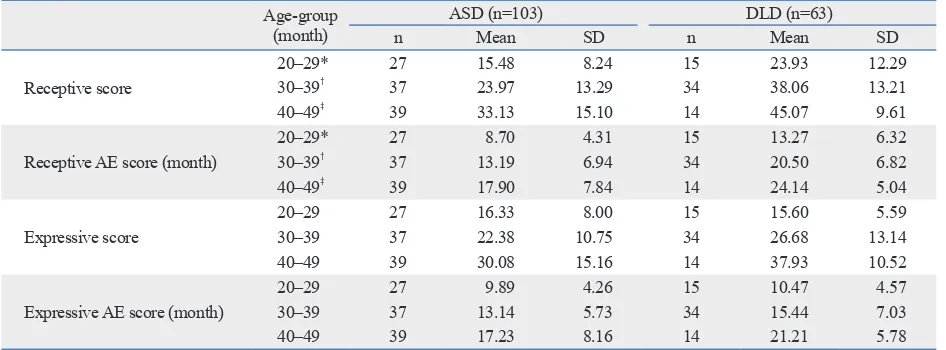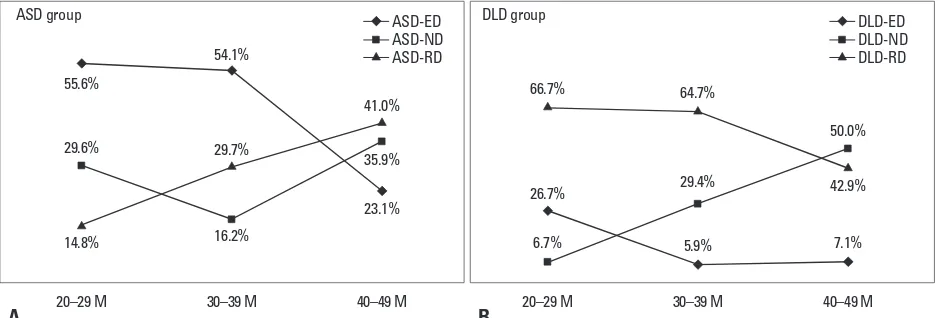A Comparison of Receptive Expressive Language Profiles between Toddlers with Autism Spectrum Disorder and Developmental Language Delay
Full text
Figure




Related documents
The mice inoculated with the mutants developed significantly less severe hepatic inflammation (P < 0.05) and also produced significantly lower hepatic mRNA levels of
COSE in family business Differentiation Customer well-being Customer experience Family influence Social skills Decision-making authority Motivation Technical skills RP1 RP2 RP3
For Aim 2, numeric data on clinical aspects were collected using several data sources: (1) a validated pain relief item from the Brief Pain Inventory instrument was
Initially a unit pretension force is applied on all hangers, in this stage, after static analysis, we are going to use Unknown Load Factor function to find required pretensioned
Ključni koncept kroz koji ću promatrati proces izgradnje države u Hrvatskoj i Monarhiji, odnosno ulogu Nikole III Erdődyja i Hrvatskog sabora u datom procesu, je odnos
The UK Market Unit comprises private health insurance, wellbeing services, care homes, out of hospital healthcare services and a complex care hospital in London.. In 2012,
others. • People who feel it is the right time to attend. • People who are willing and able to follow all of the safe sanctuary guidelines and hold others accountable to them.
It attempts to answer a central question; ‘how does the change of our attitude to privacy affect the latent aspects of house design and planning in contemporary